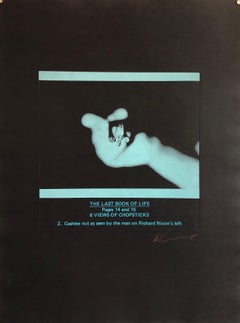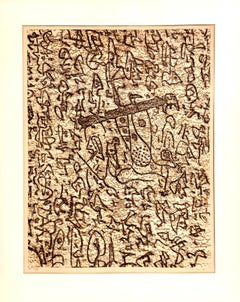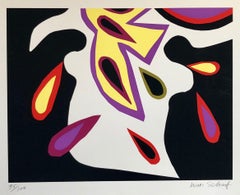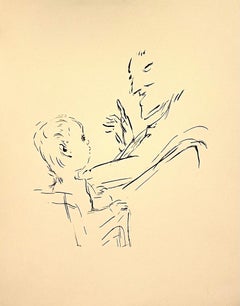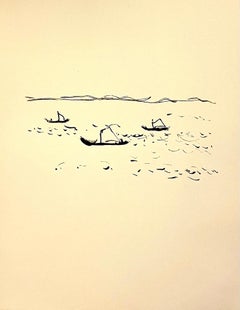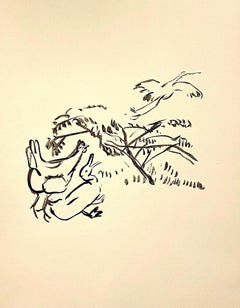Lions Gallery More Prints
1970s Conceptual Abstract Prints
Etching, Photogravure
1960s Surrealist Abstract Prints
Lithograph
1970s Abstract Expressionist Abstract Prints
Lithograph, Screen
20th Century Post-Impressionist More Prints
Lithograph
20th Century Post-Impressionist More Prints
Lithograph
20th Century Post-Impressionist More Prints
Lithograph
20th Century Post-Impressionist More Prints
Lithograph
20th Century Post-Impressionist Animal Prints
Lithograph
20th Century Post-Impressionist Animal Prints
Lithograph
20th Century Post-Impressionist Animal Prints
Lithograph
20th Century Post-Impressionist Animal Prints
Lithograph
1960s Outsider Art Abstract Prints
Archival Paper, Lithograph
1960s Outsider Art Abstract Prints
Archival Paper, Lithograph
1960s Outsider Art Abstract Prints
Archival Paper, Lithograph
1960s Outsider Art Abstract Prints
Archival Paper, Lithograph
1960s Outsider Art Abstract Prints
Archival Paper, Lithograph
1960s Outsider Art Abstract Prints
Archival Paper, Lithograph
1980s American Realist Landscape Prints
Lithograph
Early 2000s Abstract Prints
Screen
1970s Abstract Expressionist Abstract Prints
Etching, Aquatint
20th Century Abstract Figurative Prints
Paper, Lithograph, Offset
1980s Post-Minimalist Abstract Prints
Paper
1980s Post-Minimalist Abstract Prints
Paper, Lithograph
1980s Post-Minimalist Abstract Prints
Paper, Lithograph
1980s Impressionist Figurative Prints
Woodcut
20th Century Op Art Abstract Prints
Lenticular, Screen
20th Century Abstract Abstract Prints
Offset
1960s Abstract Expressionist Abstract Prints
Lithograph
20th Century Abstract Expressionist Abstract Prints
Etching, Aquatint
1960s Abstract Expressionist Abstract Prints
Lithograph
1960s Modern Figurative Prints
Lithograph
1950s Modern Abstract Prints
Lithograph
1950s Modern Abstract Prints
Lithograph
20th Century Op Art Abstract Prints
Screen
1980s Post-Modern Abstract Prints
Aquatint
1980s Post-Modern Abstract Prints
Aquatint
1980s Post-Modern Abstract Prints
Aquatint
1980s Post-Modern Abstract Prints
Aquatint
1980s Post-Modern Abstract Prints
Aquatint
1980s Post-Modern Abstract Prints
Aquatint
1970s Pop Art Abstract Prints
Lithograph, Offset
1980s Pop Art More Prints
Lithograph, Offset
1990s Abstract Abstract Prints
Digital Pigment
1990s Abstract Abstract Prints
Digital Pigment
1980s Pop Art Abstract Prints
Screen
1980s Pop Art Abstract Prints
Screen
1980s Pop Art Abstract Prints
Archival Paper, Screen
1980s Pop Art Abstract Prints
Archival Paper, Screen
1980s Abstract Geometric Abstract Prints
Archival Paper, Screen
1980s Abstract Geometric Abstract Prints
Archival Paper, Screen
1980s Pop Art Abstract Prints
Archival Paper, Screen
21st Century and Contemporary Neo-Expressionist Figurative Prints
Lithograph, Archival Pigment
21st Century and Contemporary Neo-Expressionist Figurative Prints
Lithograph, Archival Pigment
21st Century and Contemporary Neo-Expressionist Figurative Prints
Lithograph, Archival Pigment
21st Century and Contemporary Neo-Expressionist Figurative Prints
Lithograph, Archival Pigment
21st Century and Contemporary Neo-Expressionist Figurative Prints
Lithograph, Archival Pigment
21st Century and Contemporary Neo-Expressionist Figurative Prints
Lithograph, Archival Pigment
21st Century and Contemporary Neo-Expressionist Figurative Prints
Lithograph, Archival Pigment
21st Century and Contemporary Neo-Expressionist Figurative Prints
Lithograph, Archival Pigment
21st Century and Contemporary Neo-Expressionist Figurative Prints
Lithograph, Archival Pigment
